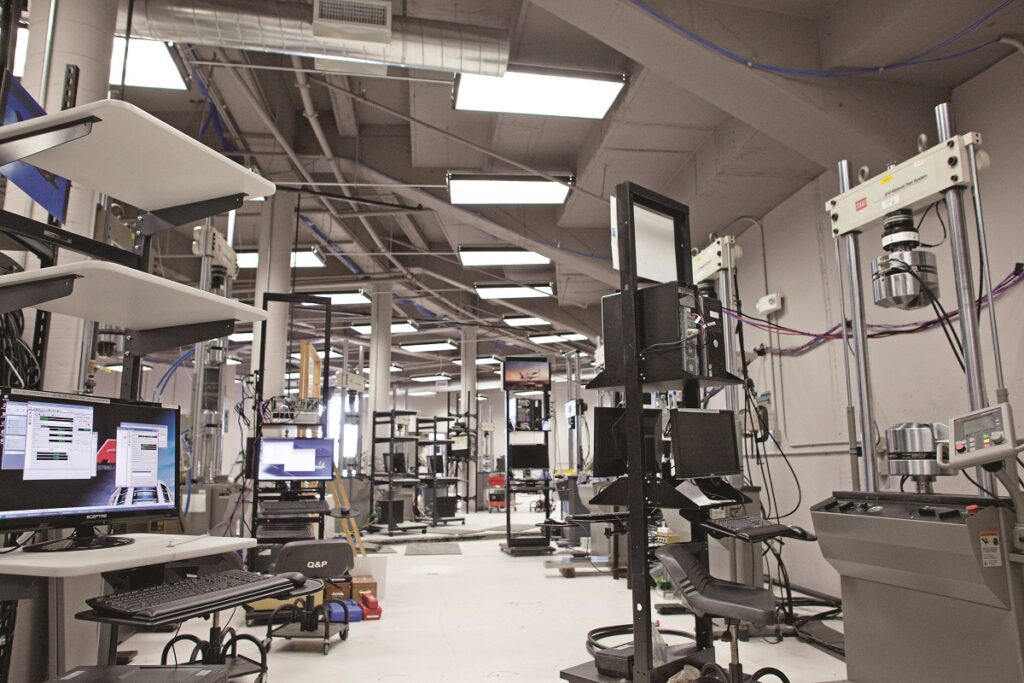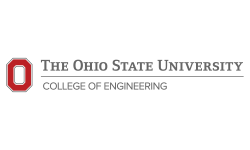RELATED CAPABILITIES:
Airborne Collision Severity Evaluation – Engine Ingestion (A17_A11L.UAS.58)
The use of unmanned aerial vehicles (UAVs) has increased dramatically in recent years. As the number of UAVs sold continues to increase, proper integration of UAVs into the airspace is a major safety concern due to the potential for a UAV-airplane collision. Recreational users are the highest safety concern since they may be unaware or unconcerned with regulations and rules concerned with restricted operation of their devices in certain airspaces. These UAVs tend to be relatively small and have the potential to be ingested into an engine. Currently there are regulations on aircraft engines that require full scale tests on new engines to demonstrate safe operation after certain bird and ice ingestions; the researchers have no intention to recommend any additional certification tests for UAVs. Moreover, the current tests and regulations cannot be transferred from birds to UAVs since key components (motor, battery, camera) of these UAVs contain materials that are much denser and stiffer than ice and birds (which are typically modeled as a fluid since they are over 70% water). Preliminary work on this topic has shown that UAVs can cause significantly more damage than birds [1]. Additional studies are needed with models that have been specifically developed and validated for a UAV engine ingestion.
The research questions to be addressed in this study are: (1) to understand what the interaction of a UAV with a representative high bypass ratio fan (typically used in large commercial transport) will look like, and (2) to define best practices and fan models for use in further studies. Addressing these questions can: (i) facilitate the development of mitigation strategies including procedures, training, etc., but not the new development nor change to existing engine certification standards; (ii) lead to understanding of critical design features of UAVs to possibly influence design procedures in this nascent industry; and (iii) provide an open source fan model for further studies. Additionally, a critical point analysis will be carried out on a representative fan model to determine the sensitivity of blade failure and energy imparted to a containment case to different impact scenarios. Moreover, determining the worst case scenarios will give industry a starting point to focus on when conducting an analysis with their proprietary models.
FINAL REPORT | 
POC:
Kiran D’Souza
Associate Professor | Director | Associate Director
Department of Mechanical and Aerospace Engineering
Nonlinear Dynamics & Vibration Lab ndvl.osu.edu
Gas Turbine Lab gtl.osu.edu
Ohio State University
Email: kiran.x.dsouza@gmail.com
Phone: 614.292.5926
Discussion:
Supplementary information to the final report
Annex A: OSU Representative Fan Model and UAS Ingestion Studies
Annex C: Airborne Collision Severity Evaluation–Engine Ingest Test Report





